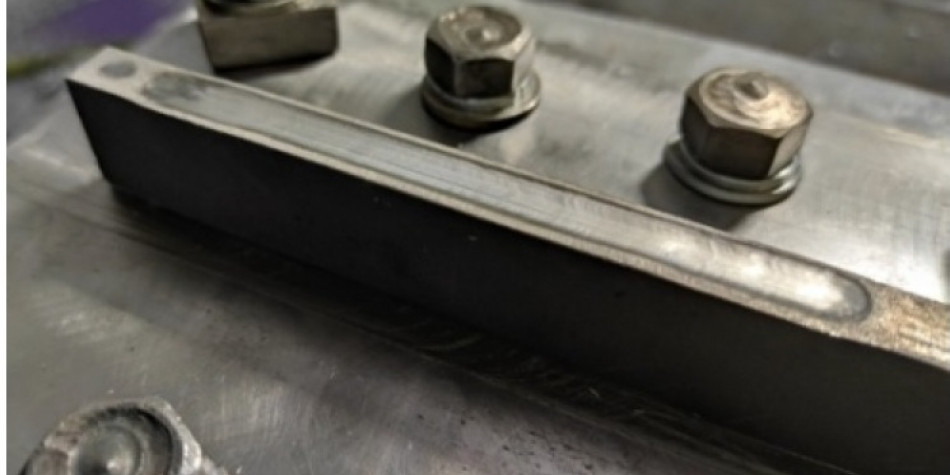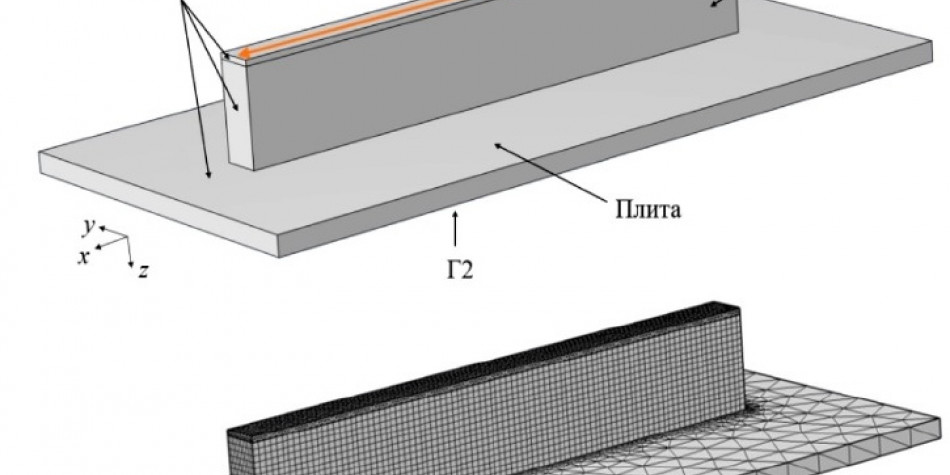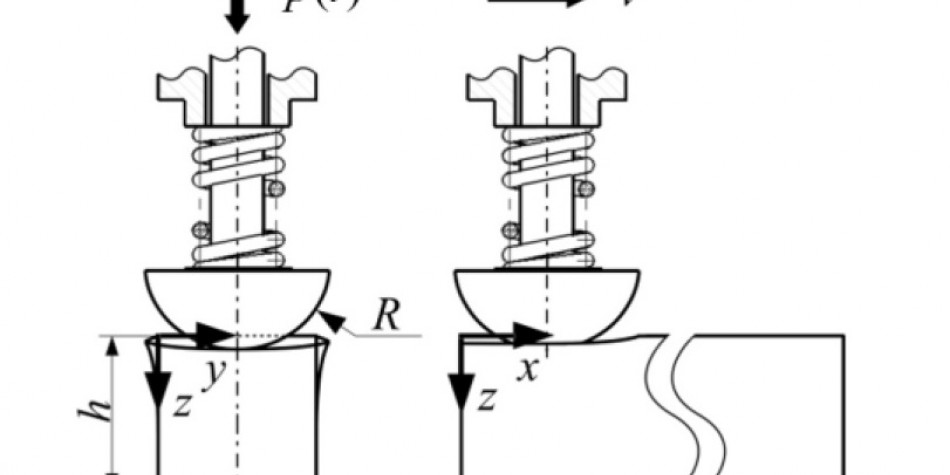
In the process of 3D printing of metal products, the added layer of material is deposited on the already formed layer. This allows you to
to create, among other things, large parts of complex shape, characterized by ease and significant material savings. Thanks to this metal 3D printing is increasingly being used in such industries as aviation and mechanical engineering, energy, medicine, jewelry.
However, such products are often inferior to those produced using traditional technologies in strength and plasticity. What is special it is critical in the production of strategic products.
One of the reasons is that metal atoms during layer–by–layer deposition often form crystals resembling dendrite trees in shape, whereas the preferred shape is a grain - a polyhedral or rounded crystal shape.
— The strength and plasticity of metal alloys produced by the method of metal 3D printing is largely limited by the dendritic structure of crystals. The formation of such a structure can be suppressed using hybrid additive manufacturing technologies," says Dmitry Trushnikov, project manager, Professor of the Department of Welding Production, Doctor of Physico—Mathematical Sciences.
In their study, the scientists alternated the surfacing of an aluminum-magnesium alloy with layered plastic deformations
(forging) by means of the impact of a pneumatic hammer and found that in this way it is possible to obtain an equiaxed granular structure
Another important result of the conducted research is the developed mathematical model of the process. She showed that hybrid technology, combining surfacing and forging of the material, allows you to "collapse" the pores formed during processing aluminum-magnesium alloys. In addition, the mathematical model made it possible to significantly optimize the forging parameters and significantly increase the strength and ductility characteristics of the material.
The article with the results of the study was published in the journal "Computational Mechanics of Continuous Media" (No. 2, 2022).
The research was carried out with the support of the Russian Science Foundation and corresponds to the project "Advanced Production Technologies aircraft engine building" Perm REC.




